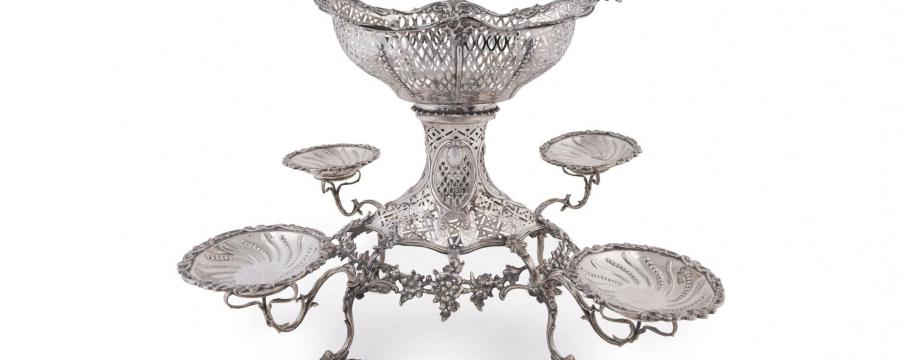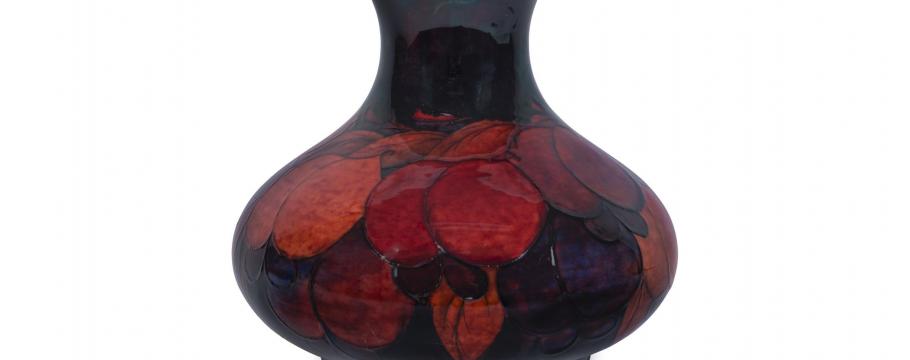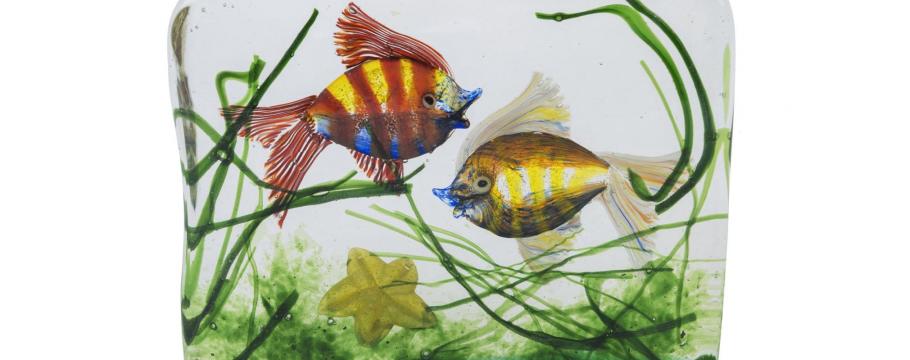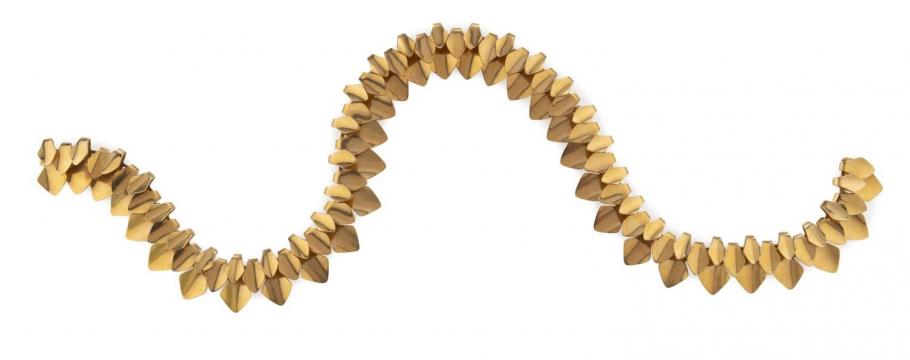









Stunnning silver epergne shines brightly at Melbourne auction
Author: Richard Brewster | Posted: 3rd August, 2021
Around the time that Captain James Cook was exploring the east coast of Australia, London silversmith Emick Romer was making a sterling silver epergne centrepiece stunning in its beauty and now considered extremely rare.
The son of Norwegian goldsmith Michelson Romer, Emick was apprenticed in 1749 and is believed to have left Norway sometime after 1751.
Renowned for his silver epergnes, he is first registered as working at 123 High Holborn, London in 1773 supplying sugar and cream baskets to Parker & Wakelin – so must have enjoyed royal patronage from George III and Queen Charlotte.
This circa 1771 epergne centrepiece (lot 25) is a major highlight of Melbourne-based Leski Auctions forthcoming two-day Decorative Arts & Collectables sale from 10am Saturday August 14 and continuing at the same time Sunday August 15 at 727-729 High Street, Armadale featuring 1470 lots.
Another silver creation – a water pitcher designed by Johan Rohde (1856-1935) for Georg Jensen (lot 101) – also is among the Leski favourites.
According to the auction house, it is a stunning piece of mid-20th century design from an atelier who defined the Danish creative movement of the time.
Rohde was the first and arguably the most important design collaboration Georg Jensen ever made – for it paved the way for many future associations that kept the company at the forefront of Danish design throughout the 20th century.
A painter and illustrator at Copenhagen’s Academy of Arts, Rohde also designed furniture and silver for his own home and his life-long collaboration with Jensen began in 1906 when he commissioned the silversmith to create objects for which he had drawn sketches.
The auction features pottery and glass creations including a circa 1932 Moorcroft “Wisteria” flambe pottery vase (lot 218) and lot 306, a fine Rene Lalique art deco frosted glass table lamp and shade.
Another is the circa 1955 Cenedese “Aquarium” Murano glass three fish block (lot 324) by Italian Alfredo Barbini (1912-2007), a glass artist born on the islands of Murano in the Venice lagoon.
A leading 20th century Murano artist, Barbini was part of a family which had been prominent for generations as glassblowers and beadmakers.
Auction goers also will no doubt be impressed by a 19th century Italian micro-mosaic panel of Venice’s Basilica of San Marco (lot 385), perhaps brought to Australia by a wealthy visitor at the time.
Statues are another auction feature including lot 491, a circa 1925 silver bronze creation on a three-tiered onyx base entitled “The Carrier Pigeon” and signed by famous Italian art deco sculptor Amedeo Gennarelli (1881-1943), well-known for his nude female figures.
Clock enthusiasts will be impressed with a large and impressive early 19th century English grandfather clock (lot 750) housed in an ornately carved oak case and complete with a triple train three weight movement, chime and strike.
It is almost 2.5 metres tall and from a completely different era to another auction timepiece, a mid-20th century Jaeger-LeCoultre “Atmos” mantel clock (lot 764).
Jewellery includes a rare circa 1965 Georg Jensen stamped vintage 18-carat yellow gold necklace by Tuk Fisher (lot 811) still in its original box with papers.
Watches are another drawcard including an Eternamatic 3000 gent’s automatic wristwatch (lot 896).
For those auction goers who like Chinese and Asian artefacts, the subtle beauty of lot 934, a Shu-fu bowl from the Yuan Dynasty (1271-1368), is one of a group of classics from the same collection.
The best of Burmese silver workmanship – a rare pair of antique silver goblets (lot 1050) supported by cast male and female figures dressed in the elegant costumes of the Konbaung Court (1752-1885) and dating from 1880-1890 – is another auction find and how they came to Australia remains a mystery.
Auction paintings and artworks are diverse but lot 1133 – New Life by English artist Exden Lewis Pocock – is a thought-provoking piece and a strong example of Victorian-era mourning art no doubt commissioned by the grieving parents of the little blond boy/angel depicted in the painting.





